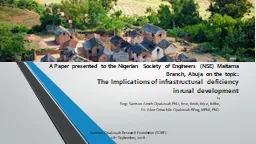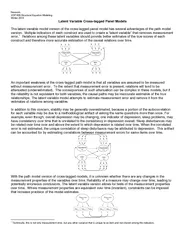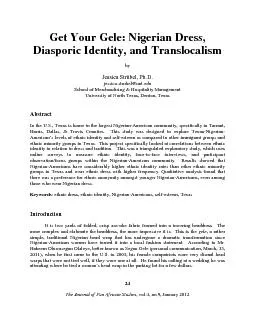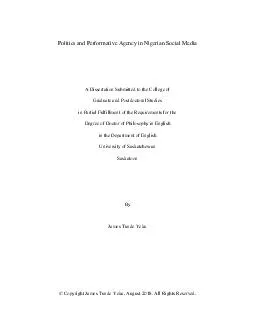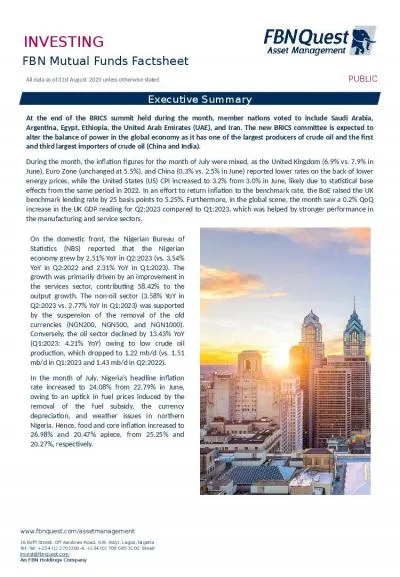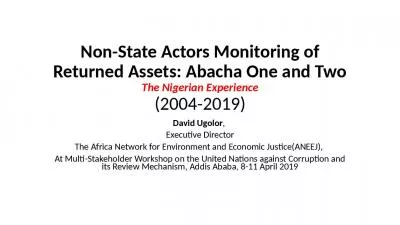PPT-A Paper presented to the Nigerian Society of Engineers (NSE)
Author : brambani | Published Date : 2020-07-02
Maitama Branch Abuja on the topic The Implications of infrastructural deficiency in rural development by Engr Samson Ameh Opaluwah PhD fnse fniob fnice
Presentation Embed Code
Download Presentation
Download Presentation The PPT/PDF document "A Paper presented to the Nigerian Societ..." is the property of its rightful owner. Permission is granted to download and print the materials on this website for personal, non-commercial use only, and to display it on your personal computer provided you do not modify the materials and that you retain all copyright notices contained in the materials. By downloading content from our website, you accept the terms of this agreement.
A Paper presented to the Nigerian Society of Engineers (NSE): Transcript
Download Rules Of Document
"A Paper presented to the Nigerian Society of Engineers (NSE)"The content belongs to its owner. You may download and print it for personal use, without modification, and keep all copyright notices. By downloading, you agree to these terms.
Related Documents

